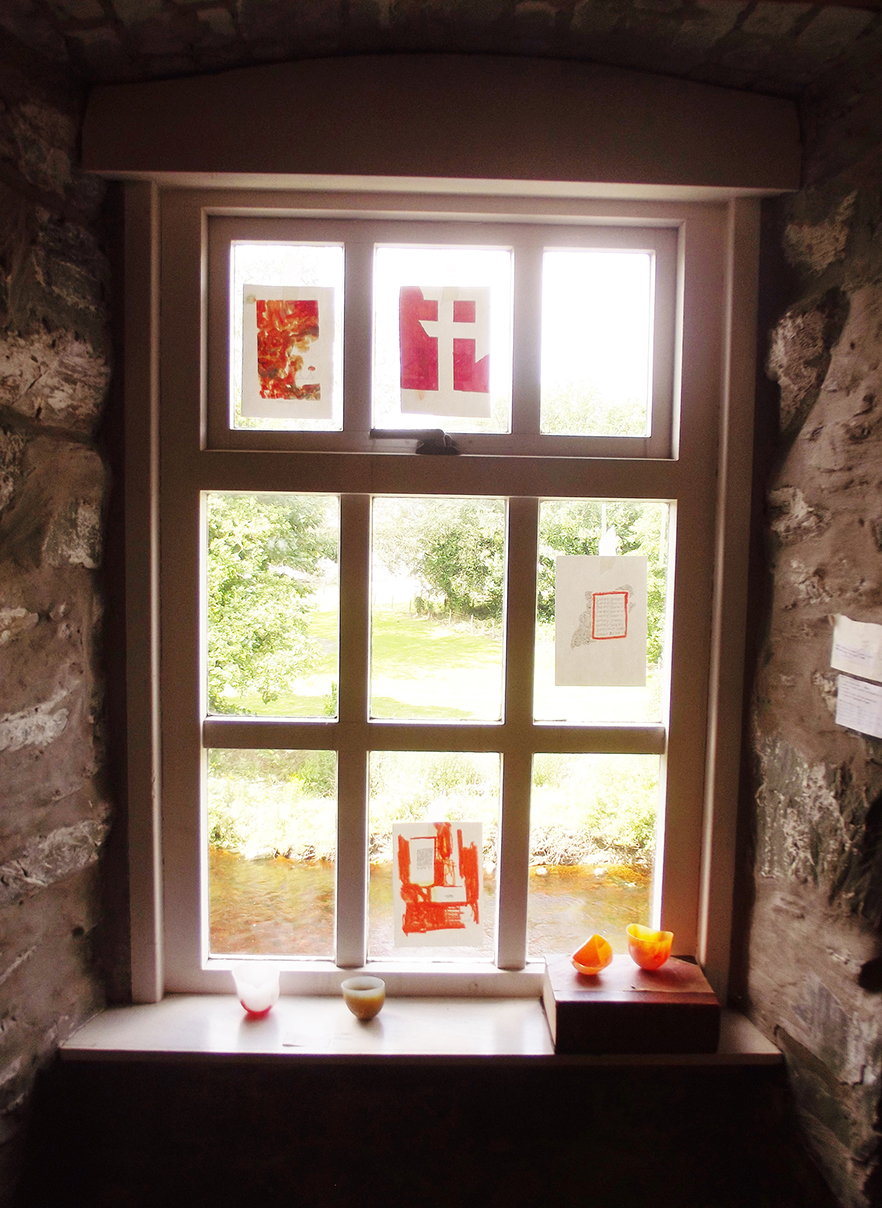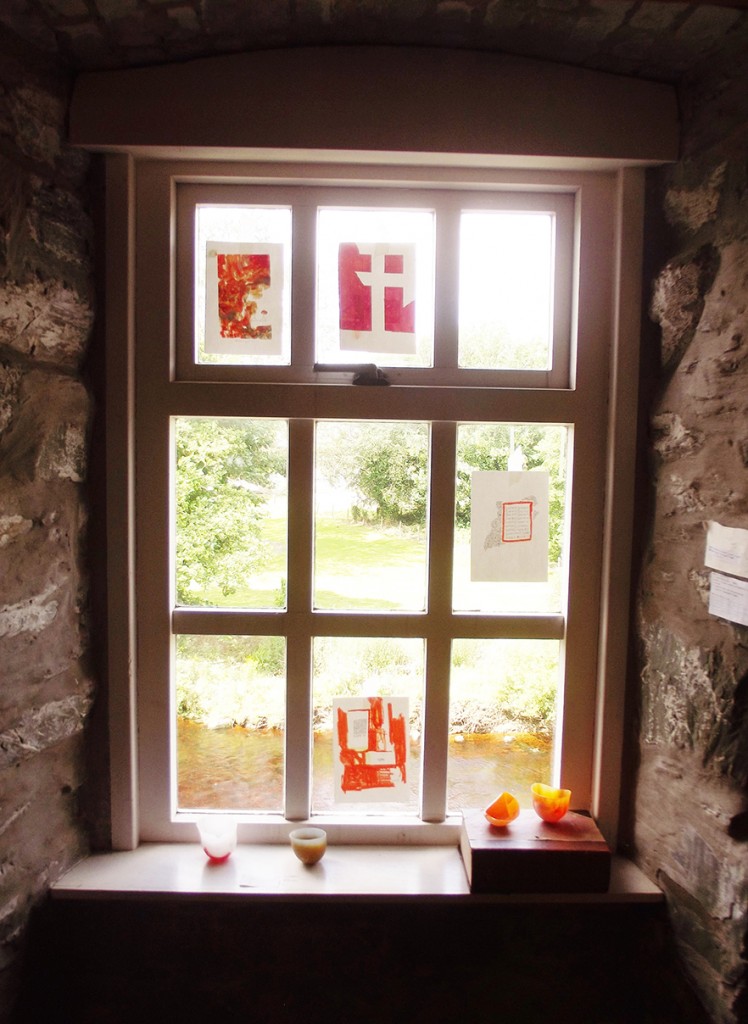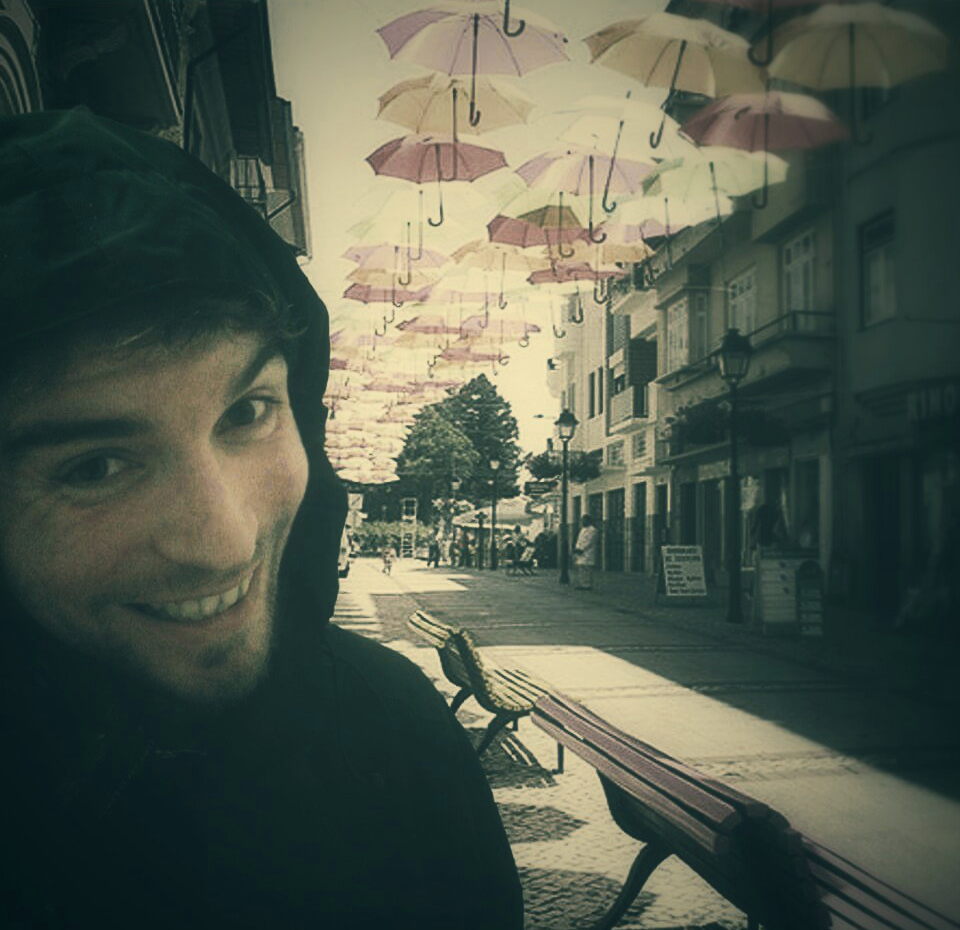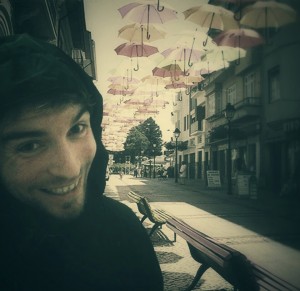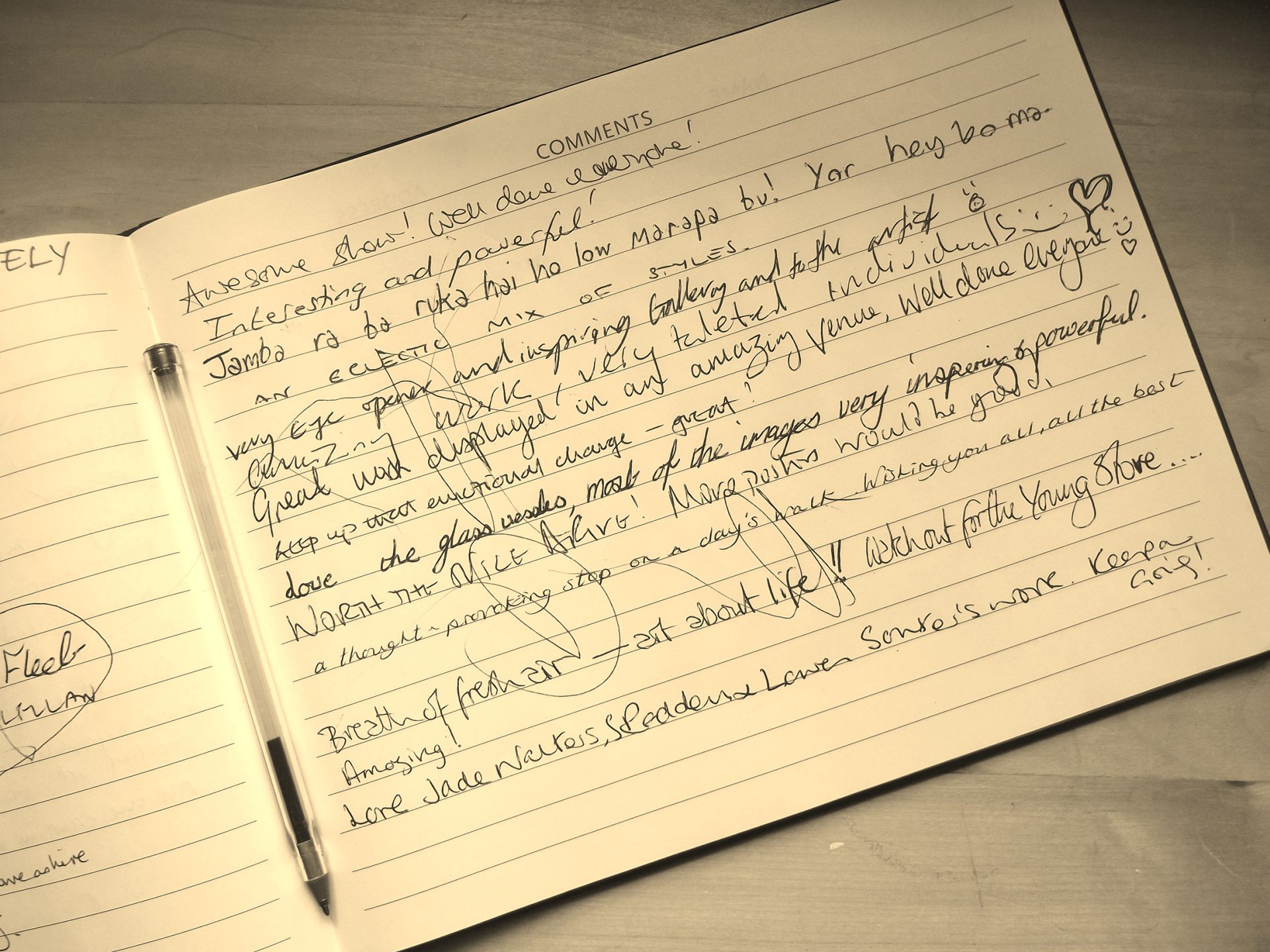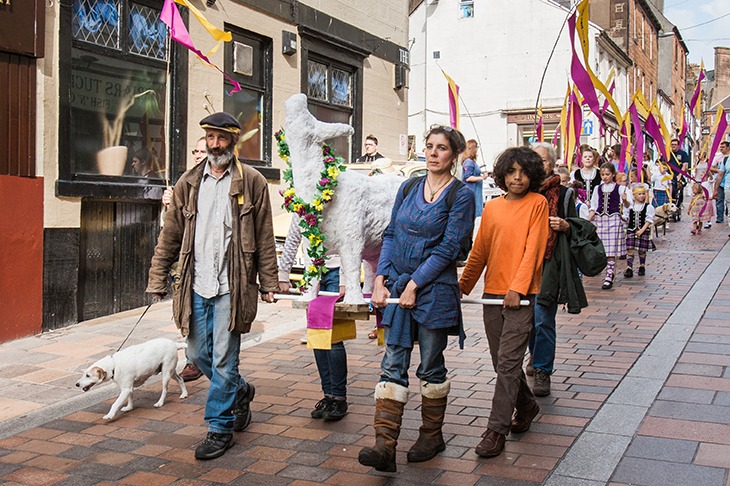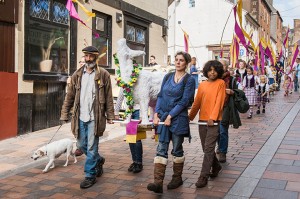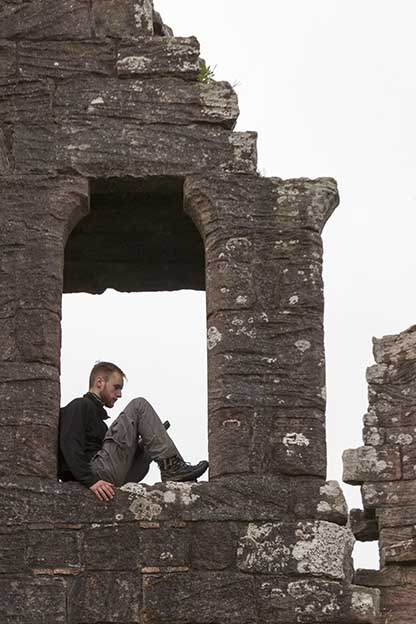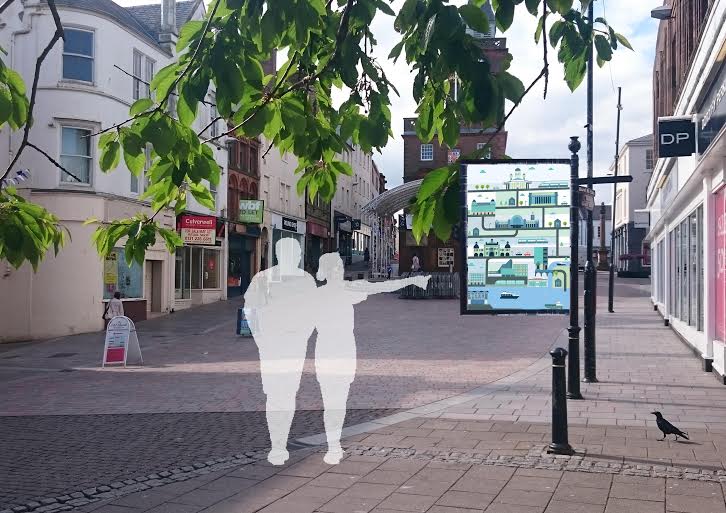Tell us about your creative process? I’m still trying to figure out what my process is. I tend to start by gathering things that inspire me and then focus on what catches my eye. I suppose I take the process as it comes—I go with my gut feeling more than anything.
What drew you to the Young Stove? The upcoming artist event last summer. A friend told me about it, and I went—it was the first time I’d seen an artist-type event in Dumfries and Galloway, so I was excited.
Which person do you most admire, and why? Nicola Sturgeon. I love Nicola—I admire how she stands up for Scotland and how down-to-earth she is. She’s not superficial like most politicians.
Would you share three words you love? Buzzing, kale, biddy.
Share your hopes and dreams for The Stove? I’m not sure, but I’d really love to see it flourish across all of D&G and beyond. I’d also love for The Stove to gain more recognition locally for everything it does.
What’s something that you’ve found yourself enjoying that you never thought you would? Bingo! I’ve always hated numbers, but my family goes every week, so I’ve joined them on occasion. Surprisingly, I’ve found it’s quite weirdly fun—haha.
What film changed your life? I’m not sure if any film has truly changed my life, but maybe Legally Blonde. I love how Elle suddenly excels—it’s actually quite motivating to watch, haha.
What’s been the most exciting part of The Stove process for you? I’d have to say Parking Space. I absolutely loved that event—it was really, really interesting.
What makes you feel alive? Midnight car journeys and visiting new places.
What songs do you carry close to your heart? I’m on and off with songs, but I’d say We Bros by a group called WU LYF.
What’s your dream for the artists in D&G? For them to receive more recognition. I feel D&G has so much to offer in terms of its artists.
Who throughout history would you like to sit and have a good chat with? Elizabeth I—she might be a bit intimidating to talk to, but I think she would be absolutely fascinating.
What instrument would you play if you could instantly master it? The harp, or perhaps the art of making music from glass cups.
What would you consider your greatest achievement? Surviving a six-hour journey on a bumpy Stagecoach bus while carrying a box of delicate glass—and none of it broke, haha!
Where’s your favourite place to be in D&G? Portpatrick—it’s such an idyllic and beautiful coastal town.
What’s your favourite piece you’ve produced? Creating a collection of glass vessels with glass artist Amanda Simmons. I’ve never had many opportunities like that, and it really opened my eyes to what’s possible out there.
What five books do you think everyone should read?
- One Flew Over the Cuckoo’s Nest by Ken Kesey
- The Bell Jar by Sylvia Plath
- The BFG by Roald Dahl
- The Little Stranger by Sarah Waters
- The Woman in Black by Susan Hill
What makes you happiest? Travelling—especially car journeys, but I love train journeys too. Good food.
Tell us your passion? Most creative things! Art, though I’m not sure exactly what yet—but definitely something within the field of art.
The Young Stove’s first collective exhibition, Not to Be Sold Separately, will open at The Stove on Friday, 11th September. The opening will feature performances, live art, and installation events. More details about Not to Be Sold Separately will be shared soon.
Are you aged 16 to 30 and interested in the arts? Find out more about the Young Stove.

